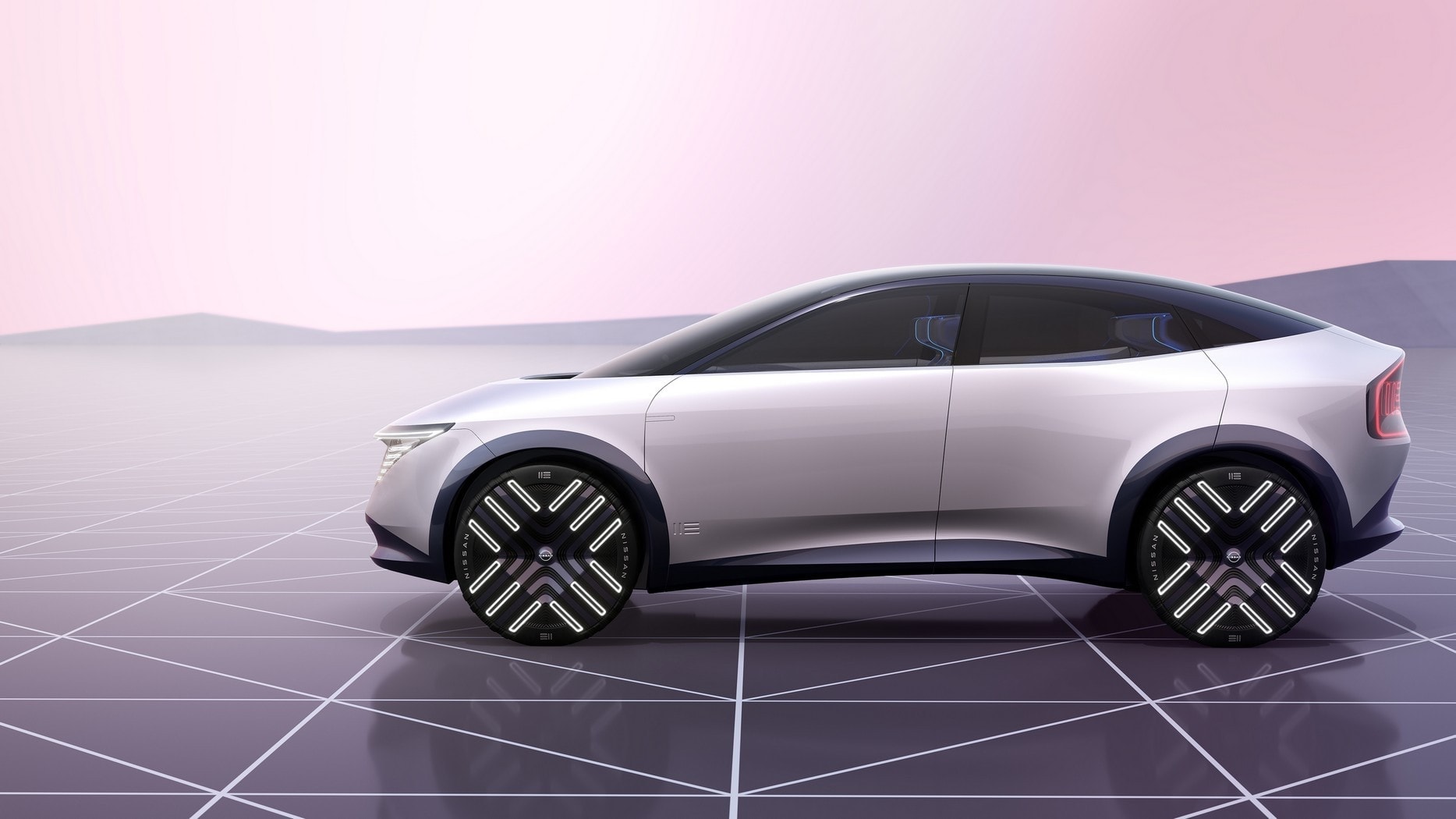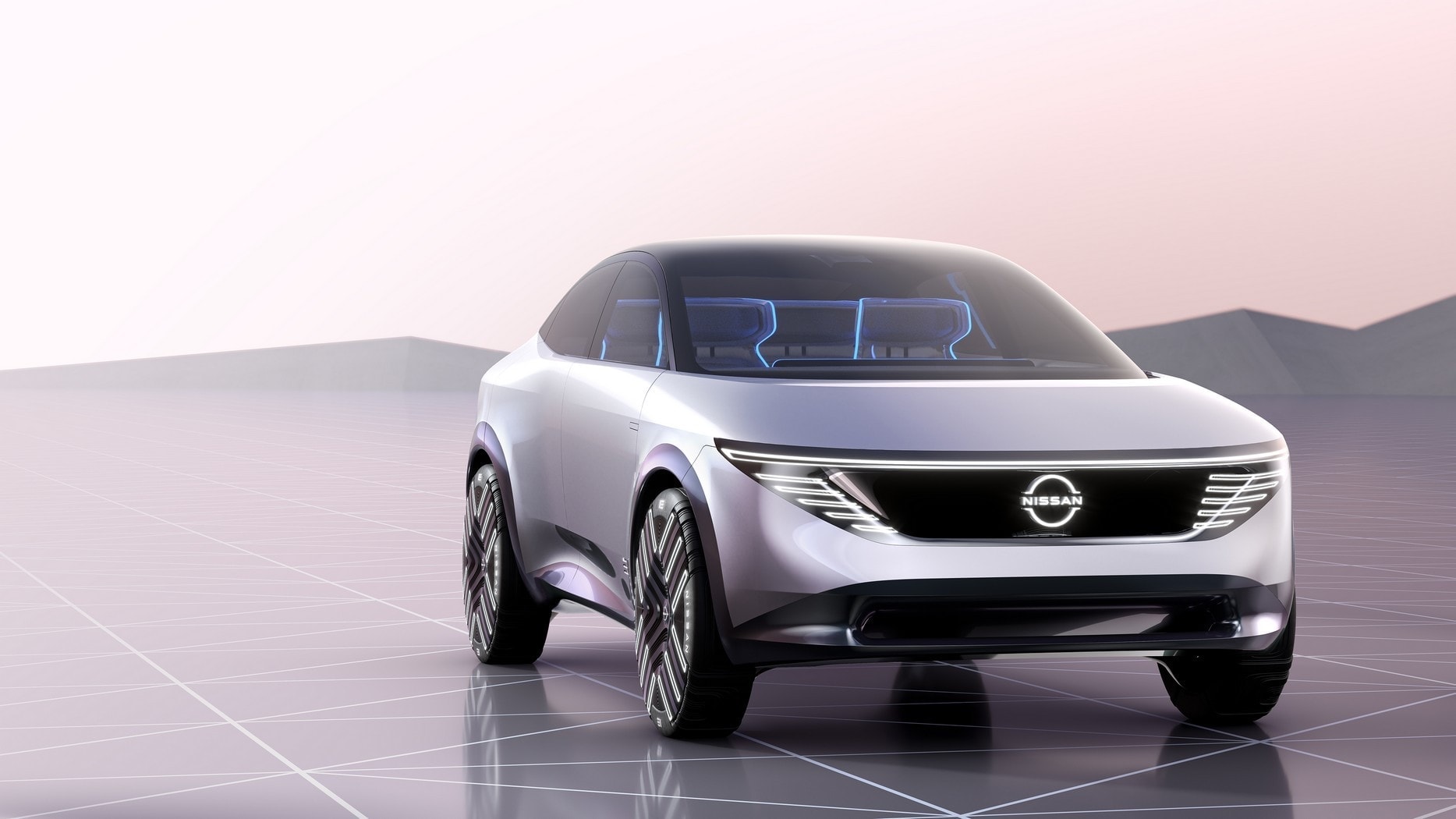Celebrated as the world’s first mass-market zero-emissions vehicle, the Nissan Leaf has undergone significant transformations since its launch. This five-door hatchback swiftly became the leading EV globally.
Its second generation, which debuted in late 2017 for the 2018 model year, offered notable enhancements. Despite this, the EV market has grown more competitive, with formidable contenders like Tesla and various Chinese manufacturers gaining ground.
At a starting price of $28,140, the Leaf remains one of the most affordable electric vehicles in the United States, even though it no longer leads in sales. The Chevrolet Bolt was the frontrunner in the low-cost EV segment until its recent discontinuation, while the more expensive Tesla Model Y has seen higher sales.

To secure the Leaf’s future, Nissan is expected to introduce a new version around late 2024 or early 2025, potentially as a 2026 model year in the U.S. Production for North America currently occurs in Smyrna, Tennessee, with additional manufacturing in Oppama, Japan.
Earlier this year, Nissan Motors UK stopped production to prepare the Sunderland plant for the next-generation Leaf. This upcoming model is part of Nissan’s EV36Zero strategy, aiming to transform Sunderland into an EV hub.
First teased three years ago with the Chill-Out design study, the new Leaf is generating excitement. Digital car content creators, like Avarvarii Automotive Artworks, are already sharing their designs.
As part of Nissan’s ‘Ark’ plan to release 30 new models by 2030, the Leaf will likely share the AmpR Medium platform with the Nissan Ariya crossover SUV, offering a range exceeding 300 miles and optional e-Force dual motor all-wheel drive.

